CMYK Color Models: Exploring the Spectrum of Possibilities in the Digital Printing World
Color plays a pivotal role in conveying emotions, setting moods, and creating impactful visuals. In the realm of digital printing, mastering the art of color management is crucial, and one of the most prevalent models is CMYK. In this article, we will delve into the intricacies and wonders of CMYK Color Models, understanding how this palette shapes the world of digital printing and contributes to the creation of high-quality prints in the digital era.
Mengubah Ide Menjadi Realitas, Satu Sentuhan Digital pada Waktu Voliko
1. Understanding CMYK Color Models
CMYK, which stands for Cyan, Magenta, Yellow, and Key (Black), is a subtractive color model widely employed in the field of printing, especially in digital printing. This model relies on the subtractive color theory, where colors are created by subtracting varying percentages of light-absorbing inks.
2. The Role of Each Color in the CMYK Palette
a. Cyan:
Cyan is a blue-green color that contributes to creating shades and tones of blue. In the CMYK palette, cyan is used to represent the portion of the color spectrum associated with green and blue.
b. Magenta:
Magenta is a red-purple color that fills the space between red and blue in the color spectrum. In CMYK, magenta is used to create shades of red and purple.
c. Yellow:
Yellow, as the name suggests, is a primary color responsible for creating shades associated with yellow, orange, and brown. Yellow, when combined with cyan, produces green hues.
d. Key (Black):
Key, represented by the letter “K” in CMYK, is used to add depth and contrast to prints. While other colors could be used to create black, the explicit use of black optimizes prints and reduces the consumption of colored inks to achieve black tones.
3. Importance of CMYK in Digital Printing
a. High Color Precision:
CMYK allows for high color precision in digital printing. The precise combination of cyan, magenta, yellow, and black inks enables the creation of a wide and accurate color spectrum, ensuring that the printed result faithfully reflects the original design.
b. Consistent Color Reproduction:
The CMYK palette ensures consistent color reproduction from one print to another. This is crucial in branding and marketing contexts where color consistency plays a key role in brand recognition.
c. Printing Mixed Colors:
CMYK enables the printing of mixed colors using the technique of overprinting. By layering cyan, magenta, yellow, and black inks differently, a range of mixed colors can be produced, providing flexibility and creativity in print design.
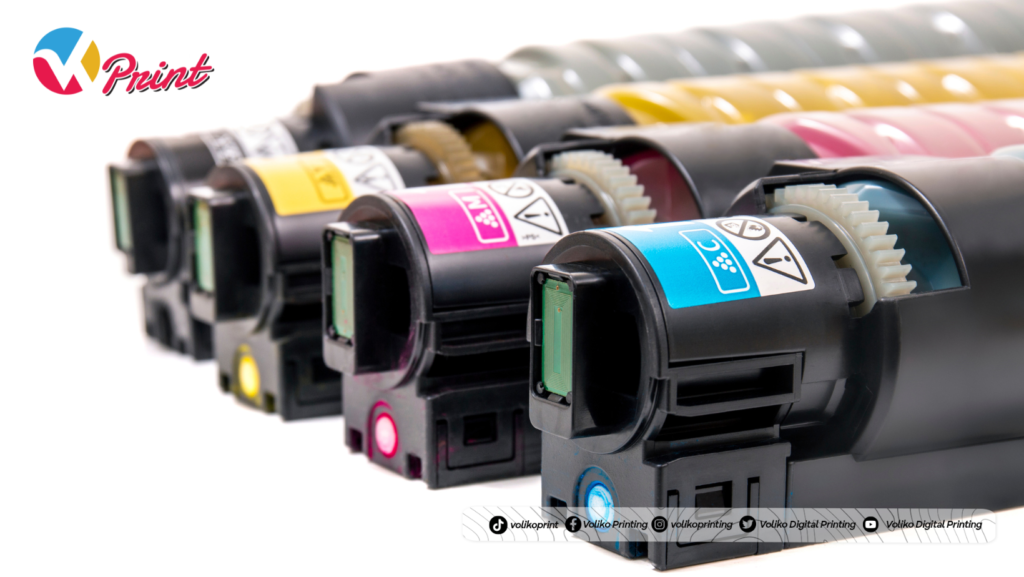
4. The Digital Printing Perspective of CMYK
a. Color Setting with Design Software:
In digital printing, color setting through design software is crucial. Design software such as Adobe Photoshop and Illustrator allows users to precisely adjust the proportions of CMYK inks, providing full control over the print outcome.
b. PANTONE Color Simulation:
PANTONE is a widely used color system in the design industry. In digital printing, CMYK is often used to simulate PANTONE colors. While there may be differences between actual PANTONE colors and CMYK simulations, the use of this palette allows for prints that closely approximate the original colors.
5. Challenges and Tips in Using CMYK in Digital Printing
a. Consistency Challenges Across Various Media:
Different print media and output devices can impact how colors are displayed. Achieving optimal color consistency can be a challenge. To address this, it’s essential to conduct print tests on various media and potential output devices.
b. Color Control with ICC Profiles:
ICC (International Color Consortium) profiles can enhance control over colors in digital printing. By matching ICC profiles with the output device, users can achieve more consistent and accurate color reproduction.
c. The Importance of Calibrated Monitors:
In graphic design, the use of a calibrated monitor is crucial. An uncalibrated monitor can mislead color perception, leading to prints that don’t meet expectations.
6. Recent Innovations in Optimizing CMYK in Digital Printing
a. Customized Ink Technology:
Some digital printing ink manufacturers are developing customized ink formulas to enhance color quality and durability. This technology helps in expanding the color gamut and providing more vibrant print results.
b. Advanced Printhead Technology:
Advanced printheads can offer more detailed control in spraying ink, resulting in more precise and high-quality prints. The use of cutting-edge printheads helps minimize issues such as print lines or color imperfections.
c. Integration of Advanced Color Management Systems:
Advanced color management systems can automatically manage and optimize colors at each stage of production. This helps overcome color consistency challenges and ensures accurate color reproduction from one print to another.
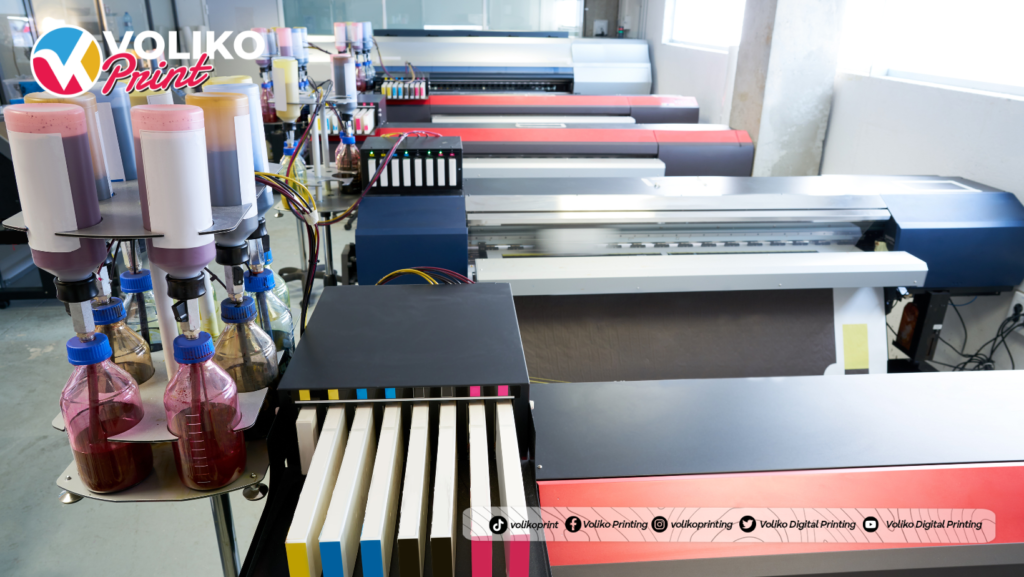
. The Future of CMYK in Digital Printing
In the face of continuous changes in digital printing technology, CMYK remains one of the dominant and irreplaceable color palettes. However, there are ongoing innovations and explorations to enhance the quality, consistency, and flexibility of this color palette.
a. Development of Environmentally Friendly Inks:
The digital printing industry is continually working on developing more environmentally friendly inks without sacrificing quality. The use of more sustainable inks could become a primary choice in the future.
b. Integration of AI in Color Management:
The use of Artificial Intelligence (AI) in color management can enhance precision and consistency. Systems that can learn and adapt to changes at each production stage could bring greater efficiency.
Mengubah Ide Menjadi Realitas, Satu Sentuhan Digital pada Waktu Voliko
Conclusion: CMYK Color Models as the Cornerstone of Success in Digital Printing
In the ever-evolving world of digital printing, CMYK Color Models remain the cornerstone of success in creating high-quality prints. With a deep understanding of the role of each color, the use of cutting-edge technology, and ongoing innovations, digital printing businesses can continue to captivate audiences with stunning and accurate prints. This color palette is more than just a combination of colors; it is an art that involves technology, expertise, and sustainability. Through the right blend, CMYK Color Models bring the magic of color to every detail of prints in the digital era, full of challenges and opportunities.
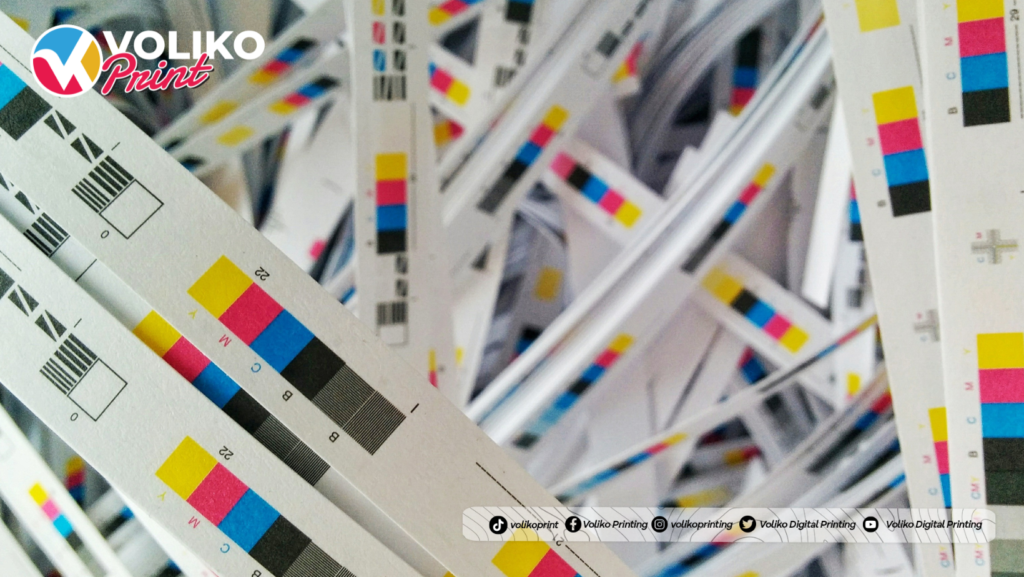
Voliko Digital Printing
Solusi cetak stiker terbaik di Jogja!



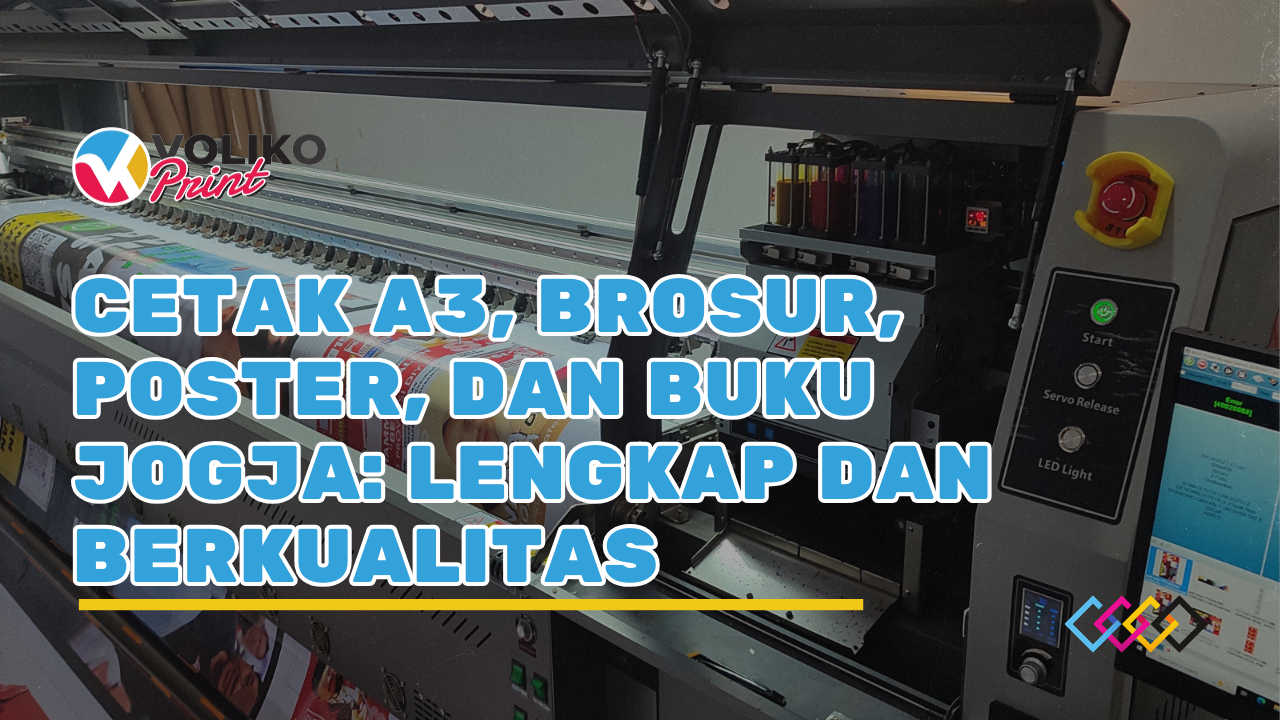
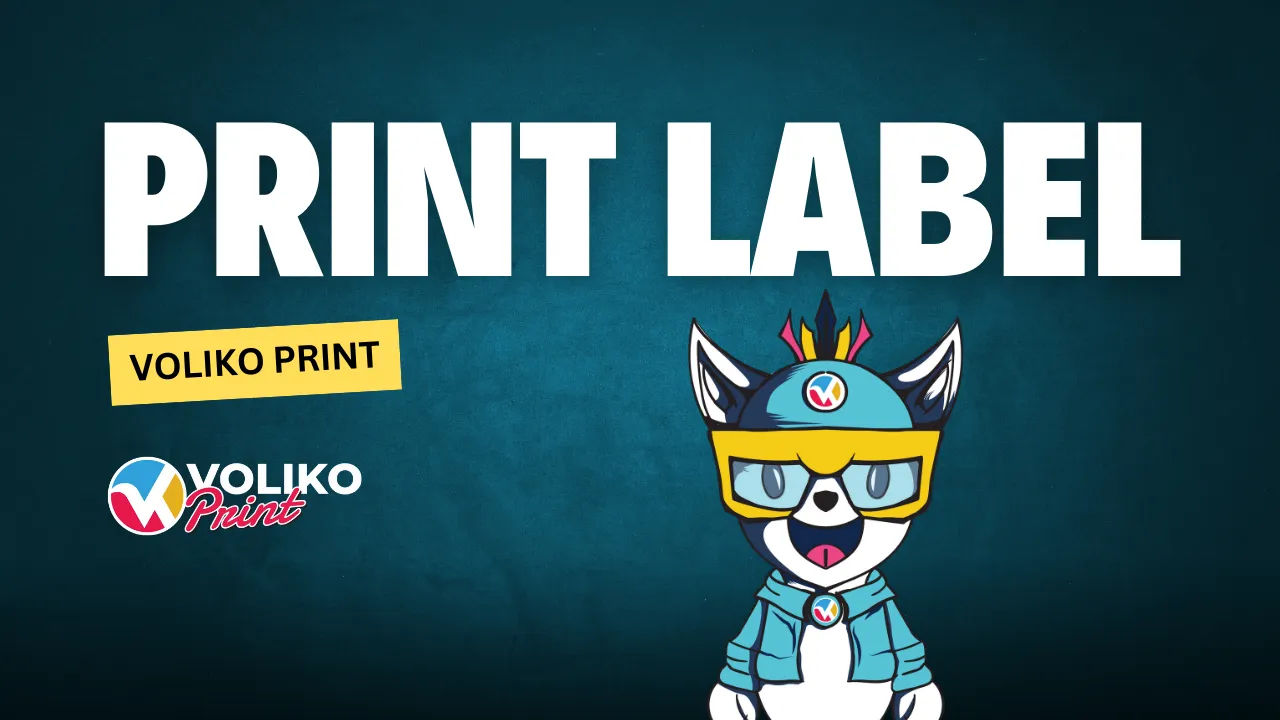
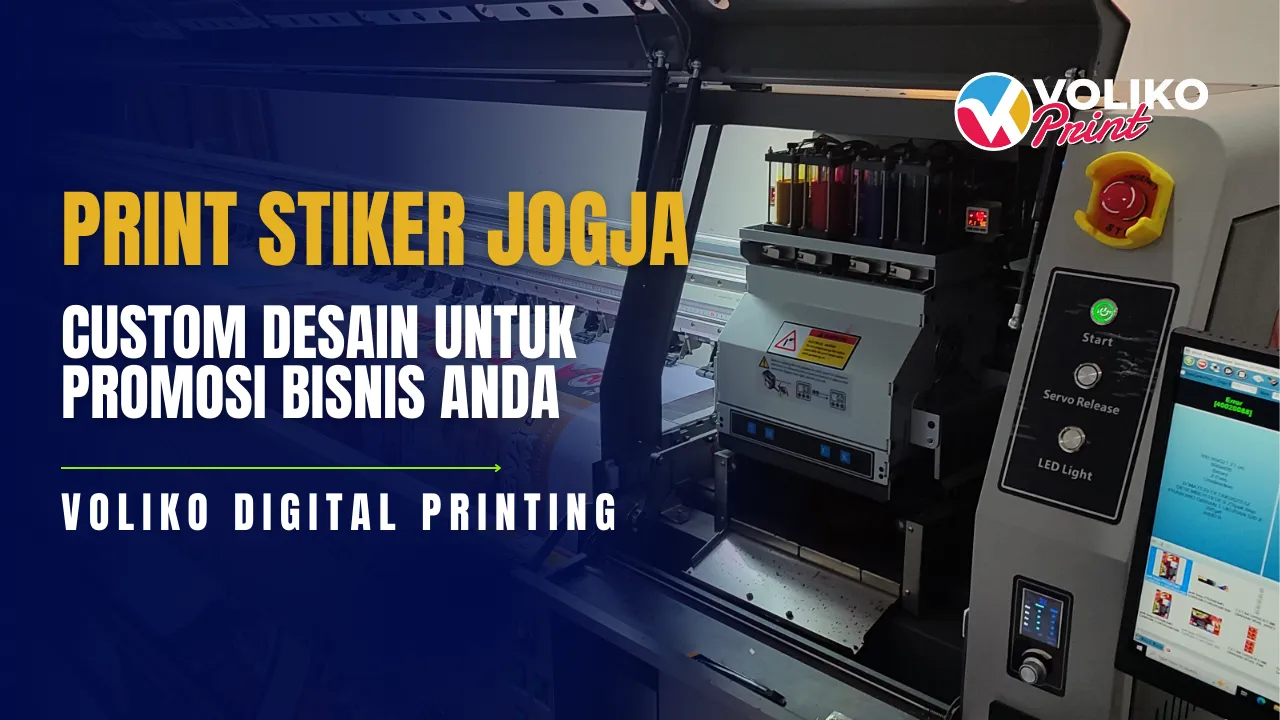
Post a Comment